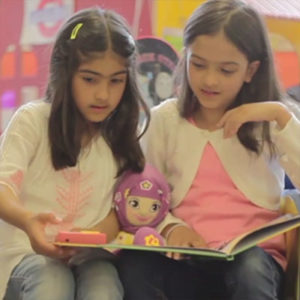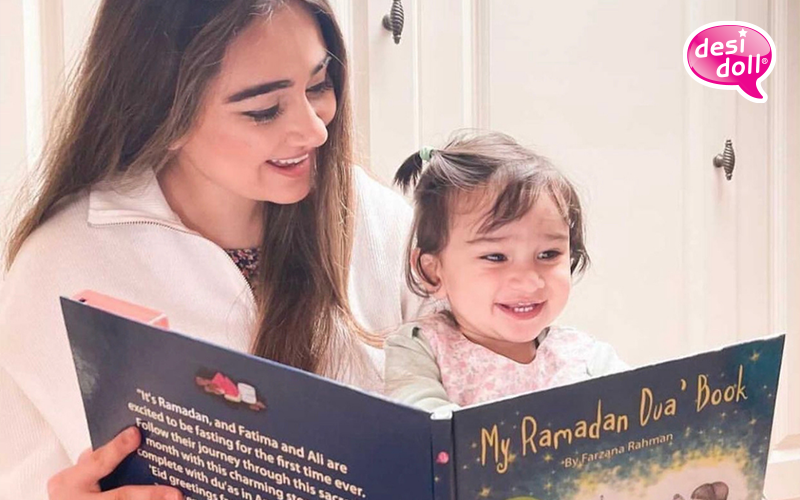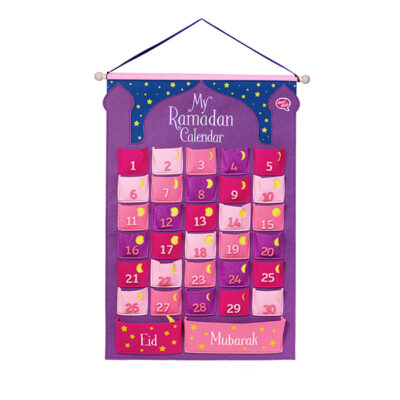Being able to read is a Blessing; and being able to teach reading is an even greater Blessing. To read is a skill that everyone needs and uses throughout their lives.
It opens up endless learning opportunities, as well as giving children confidence, widening their horizons and develops a new sense of independence.
“The more things that you read, the more things that you know. The more that you learn, the more places you go!” Dr Seuss
Currently, the Department of Education advocate the use of “Phonics” as the most effective way of teaching young children to read. The school system in the U.K. has moved away from the “Look and Say” method of the 1950’s and 1960’s, and now phonics is widely used in schools across the country.
What is Phonics?
Phonics is a way of teaching children to recognise the different sounds that each letter makes, as well as the sounds that different combinations of letters make (e.g. “sh” and “ch”), also called digraphs.
The next stage goes on to teach children how to blend the sounds to make a word, sometimes called “sounding out”. Finally, with these skills, the child is able to “de-code” the word which is the first step of reading.
In this article, we will outline 9 ways to teach your children phonics at home, and help them to become independent readers.
9 Top Tips to Teaching Phonics at Home:
Work with their School
Find out what letters or sounds your child will be learning this week at school, and try to cover the same letters at home.
Read Together
Make reading together a part of your family’s normal routine. Ask your children to read to you, and also spend some time reading to them. As you read, point out the sounds that they are focussing on that week in school.
routine. Ask your children to read to you, and also spend some time reading to them. As you read, point out the sounds that they are focussing on that week in school.
Oxford Owl has over 250 FREE eBooks that teach reading phonetically (also called de-codeable readers). These can be read on your tablet or laptop.
Motivation
Be enthusiastic about reading, and it will be contagious! Take your children out to the library or bookshop and get them excited about reading. Libraries will often have “reading programmes” on during school holidays as a way to motivate kids to read.
If you can encourage a love for books in them from an early age, they will want to learn to read, and that is half the battle won!
It is also important that your children see you reading. Whether it is the newspaper, magazine or a sci-fi novel, they will learn from your example that reading can be a source of pleasure and enjoyment.
Encourage Sounding Out
Children can get very good at guessing words from the pictures. Try to encourage them to sound-out the phonetic sounds of the words, rather than working it out from the illustrations.
Read Everywhere!
Reading is not just confined to books. When you are out with your kids, ask them to sound out road signs or food labels in the supermarket. You’ll have a lot of fun!
Play Games
Young children often learn most effectively through play.
- These phonics puzzles are a great way to teach the phonetic sounds of the letters and digraphs (two letter combinations). Simply lift and replace the pieces to hear the phonetic sound of the letter, as well as hearing the letter in the context of a word. The letters have a textured surface and arrows to show how they are written. As your child traces over them with her finger, she will learn how to write the letter, and simultaneously also hear the sound it makes. This kind of multisensory learning has been shown to be one of the most effective ways children learn, allowing them to make the link between the sound and the letter.
- Why not play the classic game “I-Spy” with them. They’ll be practicing their letter recognition and phonics without even realising it!
- You could also play a Phonics Bingo game together.
- If your son or daughter enjoys playing games on the iPad or laptop, there are a plethora of phonics games available.We recommend Reading Eggs and Teach Your Monster to Read. Both have won multiple awards and are widely used in schools across the U.K.
Say Sounds Correctly!
It is so important that if you are teaching you children to read phonetically, that you are saying the sounds correctly yourself! The Youtube channel Mr Thorne Does Phonics is a great place for you and your children to start. His lessons are short and fun, and most importantly, correctly pronounced!
Memorise High Frequency Words
High frequency words are words that occur most frequently when reading, such as “it” or “and.” Although most of these can be sounded out phonetically, some do not follow the rules. Such words are called “sight-words”. Ask your child’s teacher which high-frequency words they are working on this term, and reinforce them at home with him. Write them out, or buy a poster, and stick it up on your fridge. This will remind you to practice these words at home.
Praise and Hugs
There is nothing that will motivate your child more than getting approval and praise from his
parents. Keep your reading time an upbeat and positive experience. The most effective way of learning ANYTHING begins with self-motivation. If your child wants to learn to read, and is enjoying the experience, then they will learn far more effectively, than a child who is tired, bored or upset.
These were our 9 Top Tips to Teach Your Child to Read.
We hope they have inspired you and you found them useful and you feel more confident to teach your children to read.
Try implementing these tips in your home and let us know how you got on!
Do you have any great resources that you used to teach your children reading? Have you already been using some of our recommendations? How did you find them?
Please share your thoughts with us by leaving a comment below!




